|
The easiest thing to do is to select the obvious materials for their standard uses, such as glass for windows, but to get a design that really stands out and delivers a unique solution we need to consider materials in different ways. While travelling this summer I was reminded of the beautifully subtle but relatively rare use of marble for windows. Examples of marble panes for windows can be found in historic ecclesiastical architecture (churches, monasteries, etc), particularly in Mediterranean countries. Although I had heard about this use whilst at university and proposed it in one of my student projects for a museum, I had never seen any real life examples before this summer. Jaca, in the Spanish Pyrenees and the heart of the Aragonese kingdom, has several examples of buildings with marble windows. Two of these examples really stood out to me, one modern and one historic. I then did some research into marble windows and found a few more examples to share. As the images in this blog piece show, marble windows, create a gentle light source and striking patterned visual effect which can be breathtakingly beautiful. The cathedral of San Pedro in Jaca is an historic building with most of its apertures paned with marble. The official website for this church doesn't mention the windows and the use of marble, perhaps as it isn't seen as anything particularly unusual in churches of its era and in this region. The marble used is white with a fine grey vein, similar to carrera marble. The internal light this creates is dimmed, soft and warm. It doesn't let through as much light as the stained glass usually seen in churches but it has a calming effect and is peacefully beautiful. As you can see from the photograph the light levels are very low so when the camera light levels are set to show the interior it's not possible to see much of the detail of the marble. Conversely when the light levels are set to show the marble, the interior is too dark to see anything in photo. At least this was true with my very basic photographic equipment - my mobile phone. The modern example of a marble window screen was in the refurbished museum at the monastery of San Juan de la Pena. The original baroque facade of the monastery includes a circular marble oriel window. This historical feature was perhaps the inspiration for the large gallery of marble screens within the original cloister. This space is now used as an art gallery and the cream marble with striking highly contrasting chocolate brown and caramel toned veins create a bright and subtly decorated space, with the controlled light levels perfect for viewing and protecting art work. Historically marble was used instead of glass as a single sheet built into the window aperture or set in a frame, but this doesn't work very well thermally so for modern uses thinly cut sheets of marble tend to be used as internal window screens or incorporated within a system using double glazing. In the monastery refurbishment the screens are set about a meter from the external fully glazed envelope. The glazing system provides the thermal skin of the building while the marble sheets create a decorative and sunlight controlling screen. The external aspect during the daytime of an historic marble window is like looking at an area of marble wall. They look the same as a much thicker piece of marble until you can see light falling through it. At night the effect seen internally during the daytime in sunlight is reversed as electric lighting will create a glow seen outside. Away from the med in northern europe the light levels are not as strong, so using thin-cut marble is most effective orientated so that sunlight can fall on it. In spaces where a lot of light is not needed, such as those for prayer or meditation, or is undesirable such as for storing and displaying light sensitive objects such as books and art works, marble can be used to both control the daylight while creating a striking decorative interior. There are some particularly striking mid-century examples of marble windows and two that I'd love to visit are the Yale University's rare book library and the Pius Church in Meggan, Switzerland. Yale University's Beinecke rare book library has no windows at all as its walls are made from translucent marble. This lets in light while keeping the books protected from the sun. The marble is set within a light grey granite framework which gives a sense of solidity to the walls and sets up a strong rhythmic pattern of repeating squares which is echoed in the book storage. Built between 1960 and 1963, this library was designed by the architect Gordon Bunshaft, who worked in the large architectural practice of Skidmore, Owings and Merrill. The marble used is white, grey-veined, Vermont marble cut to a thickness of approximately 3cm. A modern ecclesiastic example is the Pius Church in Meggen, Lake Lucerne, Switzerland. Here the marble is set into a slim steel frame to form the external walls. There are no other windows and the light created is so unusual and desirable that this church is a popular local tourist attraction, and a place where many people choose to get married. Built between 1964 and 1966, this church was designed by the relatively little known architect Franz Fueg. The marble used is Penthelian Dionysos marble cut to 2.8cm thick and in panels of 1.5x1.02m. To create an effect of columns of marble, the panels were carefully selected and cut from the same block for consistent veining. This marble appears as white with grey veins until seen with light shining through, when more depth and colour is revealed. Marble is a premium material because it is long lasting, durable, beautifully decorative and each piece is unique. The process of selecting and cutting marble thin enough to be used in this way is also specialised and costly, but this almost magical effect is well worth its cost in the right place.
Did you see any beautiful architecture during your summer trips? Have you used marble or seen it used in any interesting ways? Would you like to use marble as a light source in your project? Let us know in the comments below. |
Design Your Home VisionThe Design Your Home Vision Checklist will help you kickstart your home improvements.
Download yours with the button below to get your home project off to a great start: Get started with the free Design Your Home Vision checklist. AuthorJane Leach, principal architect at i-architect Categories
All
Archives
July 2024
|
Jane Leach is an RIBA-accredited Conservation Registrant and a Green Register listed Eco-Refurbisher
all content copyright to Jane Leach chartered architect and iarchitect Limited 2009 - 2024

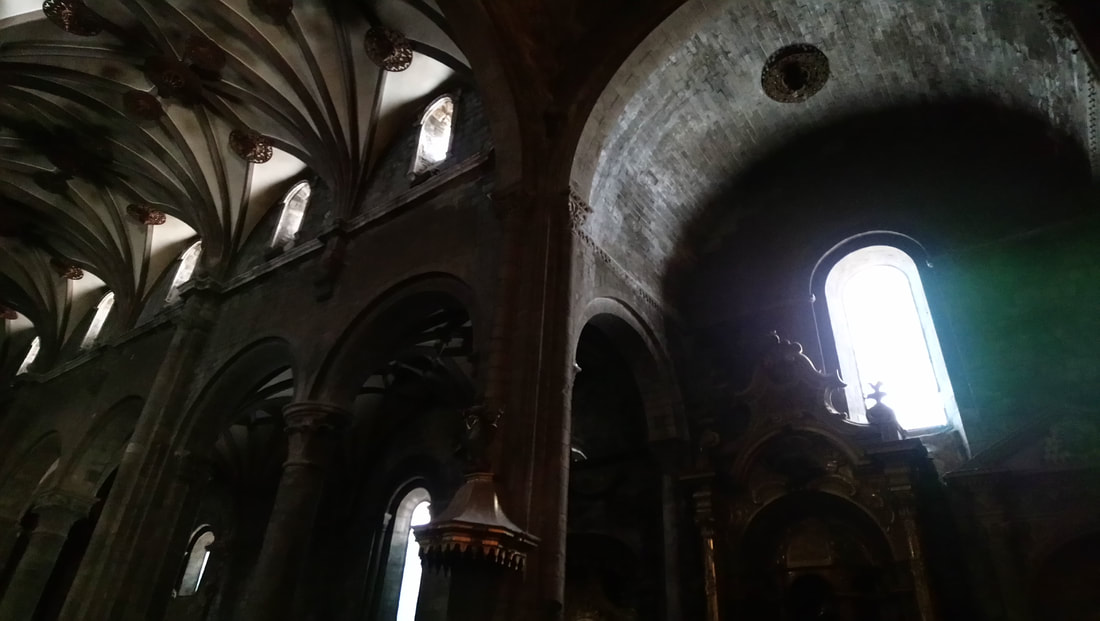
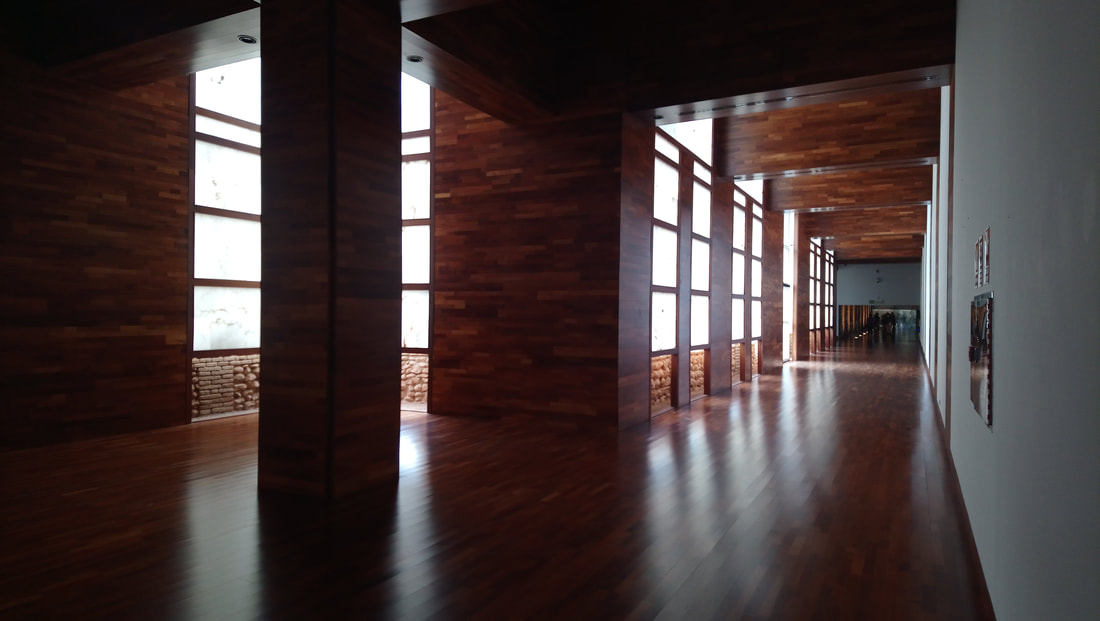
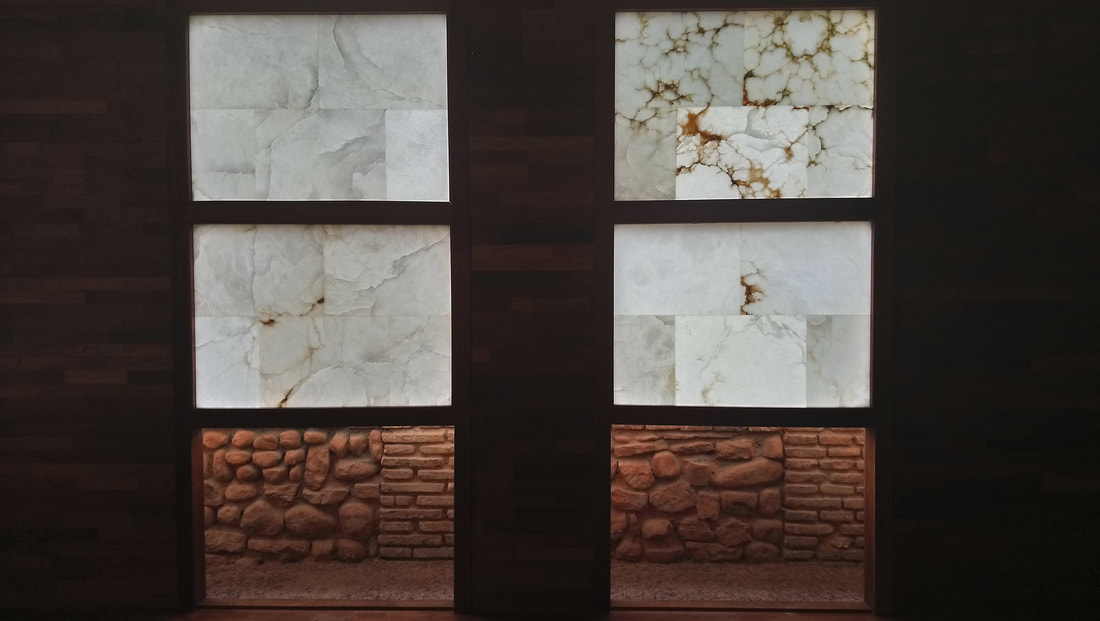
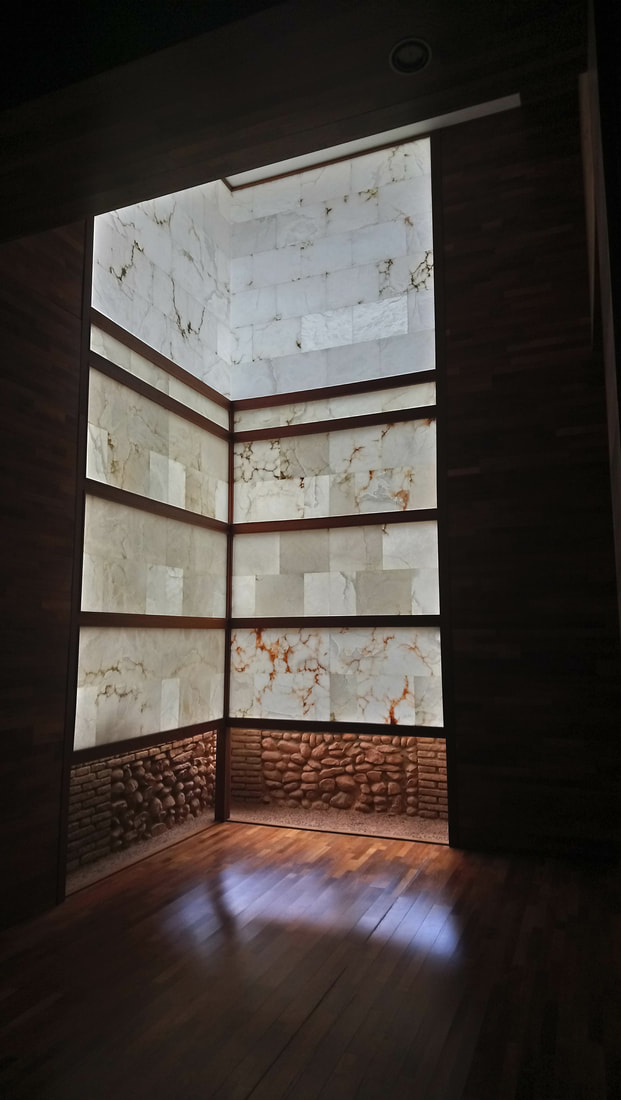
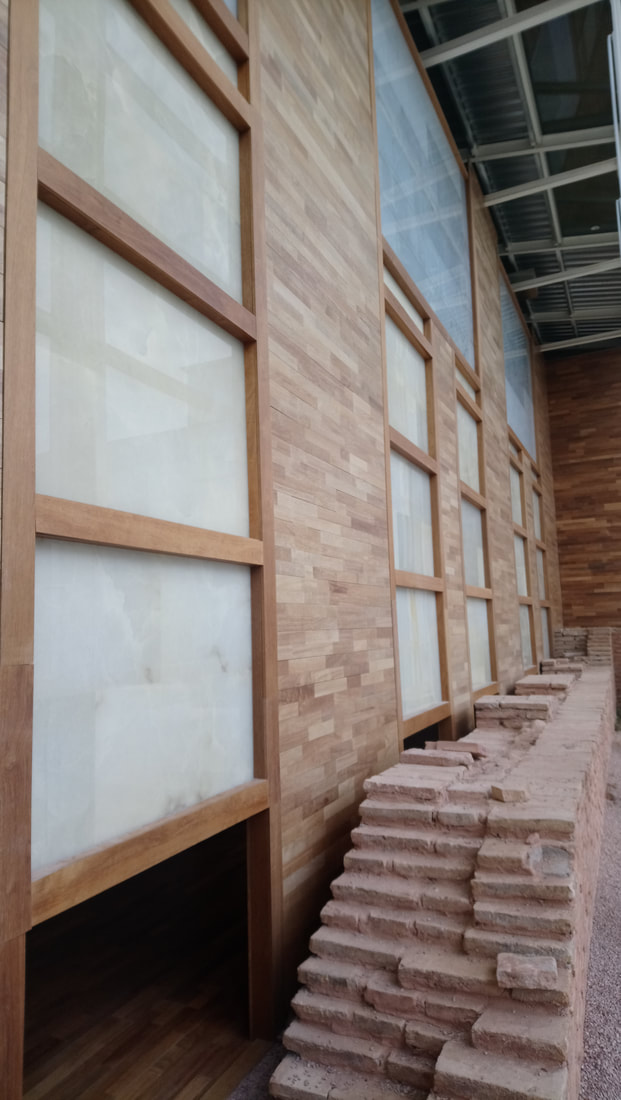
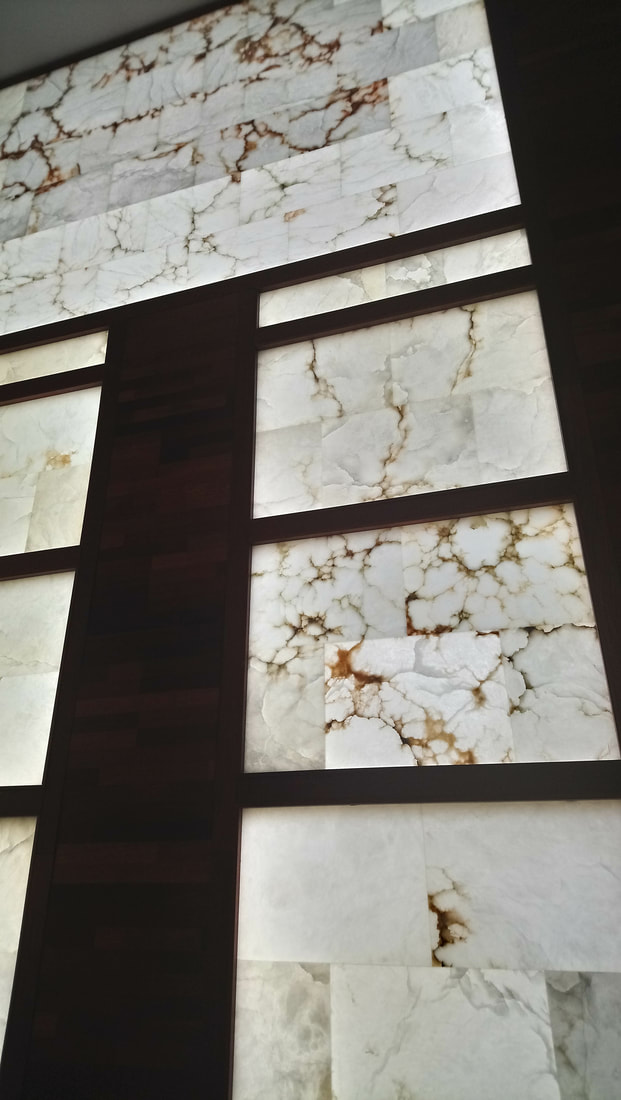
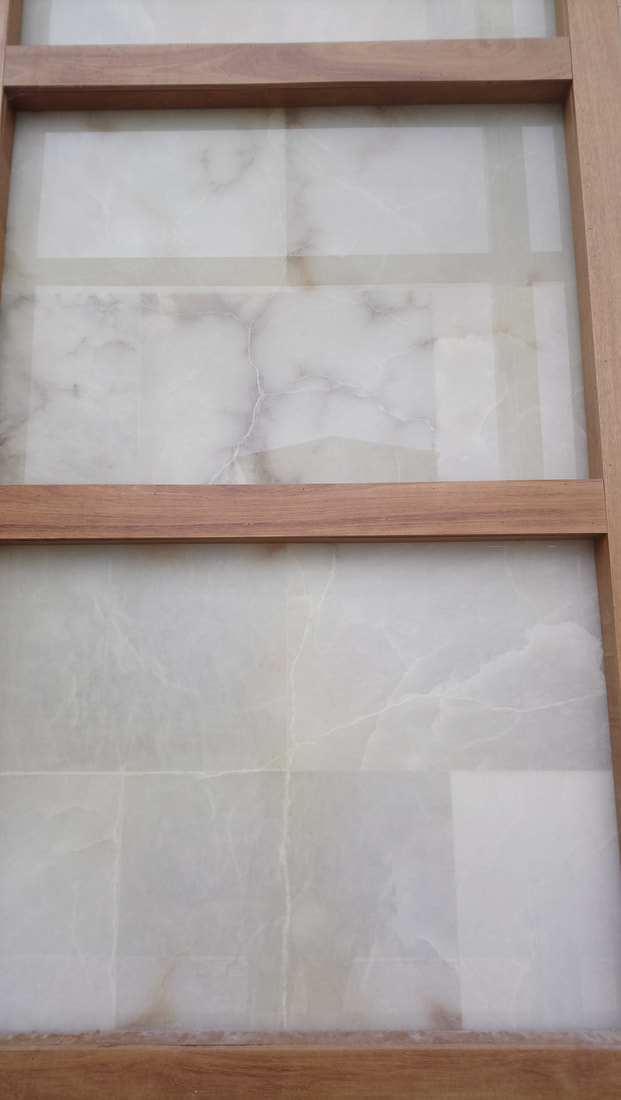
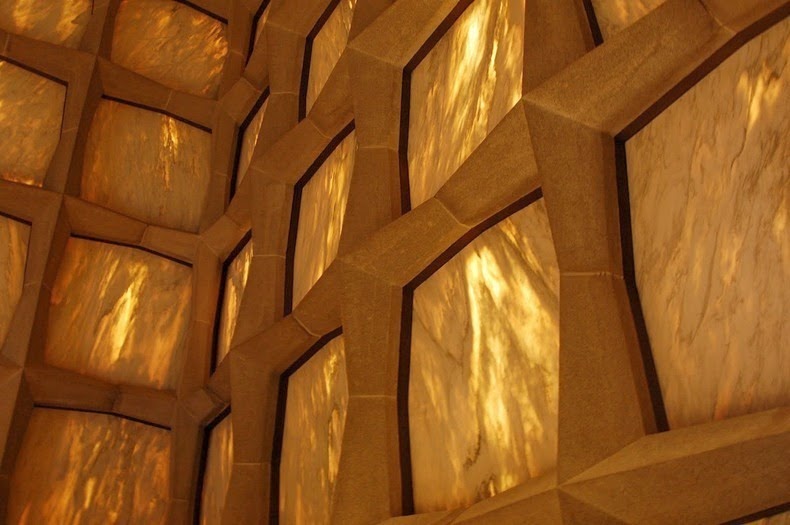
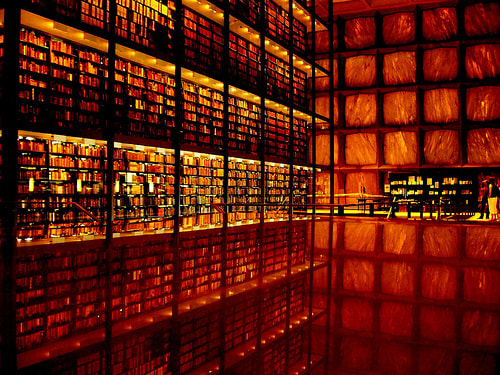
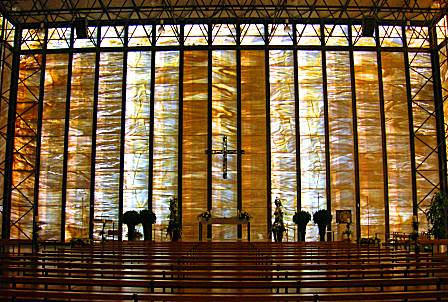

 RSS Feed
RSS Feed



